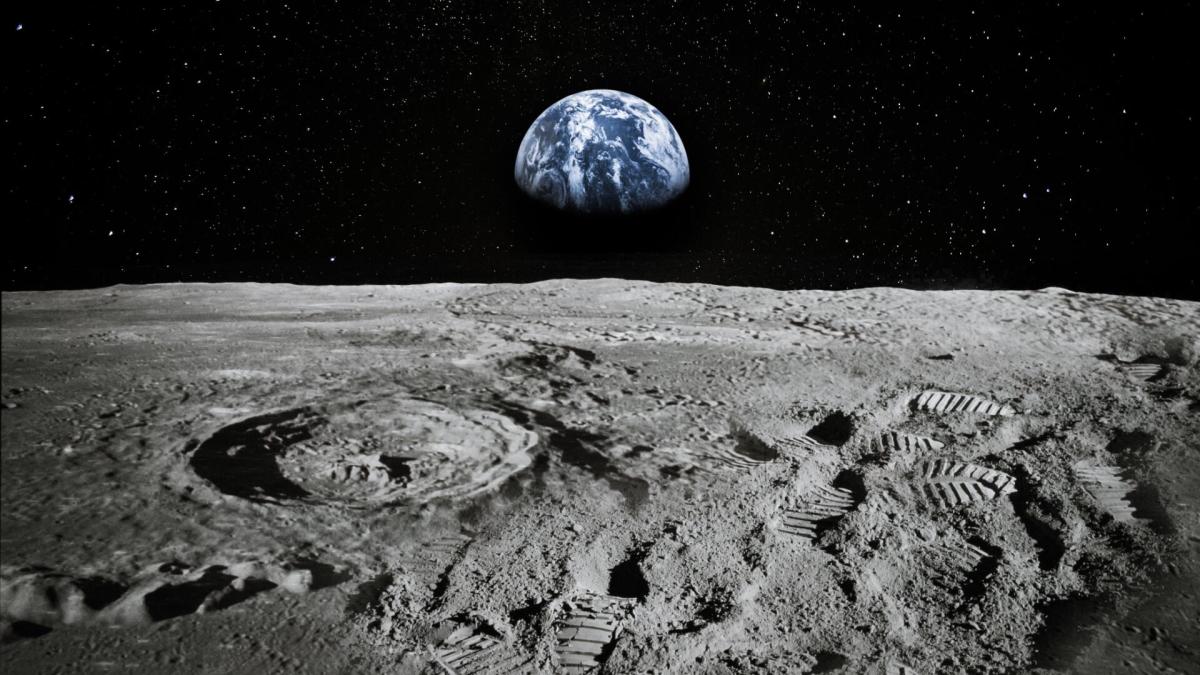
NASA pictures a world where there will be houses on the moon in 17 years. The agency revealed its plans for building 3D-printed homes which it aims to achieve with its partnership with a company in Texas called ICON, that is known for developing 3D-printed housing here on Earth. NASA’s goal with the partnership is to put humans back on the moon by 2040, which will be 68 years after a human last stepped foot on the moon.
The project, called Project Olympus, has been in development since 2020, where ICON signed a $14.55 million four-year contract with the Small Business Innovation Research and received funding from NASA to create a space-based construction system that would allow humans to have a long-term presence on the moon and Mars. In 2022, ICON received $57.2 million in additional funding from NASA for the project, which ICON said it will use to study lunar soil and test hardware and software on a space mission.
NASA has since unveiled that with the assistance of a 3D printer that would be sent to the moon, the printer will build houses out of lunar concrete made out of mineral, rock and dust from the moon’s surface.
As ambitious as the plan may seem, there are still many risks humans face when it comes to living on the moon beyond there being no air and water. Here are just a few of the biggest threats.
Lunar dust – The dust is not anything like the dust you encounter here on Earth. Lunar dust is fine but sharp, and it can levitate due to the moon lacking an atmosphere. The dust can bypass spacesuits and erode equipment, it can also be physically damaging when inhaled. Prolonged exposure to lunar dust can cause respiratory issues, mutations and even cancer.
Reduced gravity – The moon has roughly 17% of the gravity Earth has, and long-term exposure to low gravity has the potential to damage muscles, bones and even organs.
Radiation – It is estimated that astronauts who visit the moon would be exposed to 60 microsieverts of radiation hourly. That is significantly higher than the average 2.4 microsieverts of radiation humans are exposed to on a daily basis from natural sources. High doses of radiation can damage DNA cells, cause cancer and a multitude of other long-term illnesses.
Rock collisions – No atmosphere means no protection from flying objects such as asteroids and meteors. These collisions happen on the moon everyday and is the reason why the moon has so many craters.







